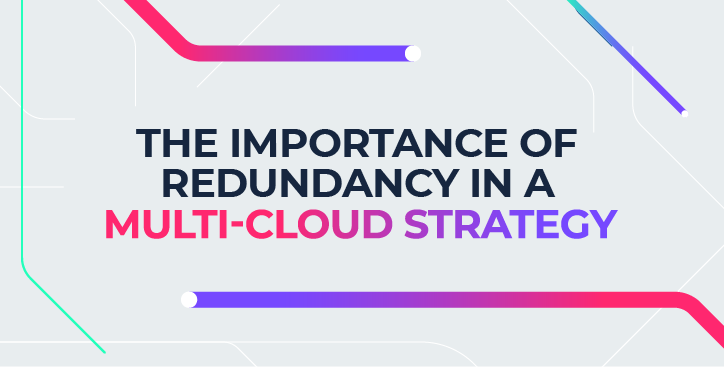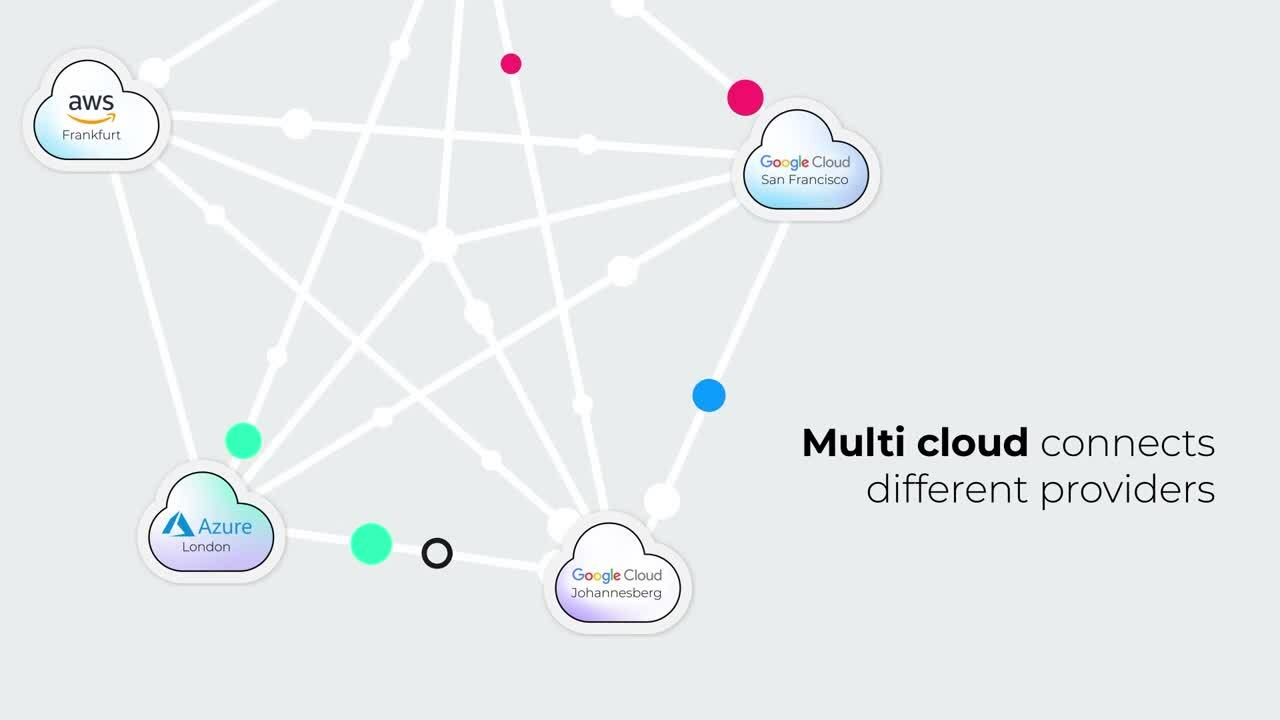For many organisations, multi-cloud has become or is becoming inevitable. After all, it’s unlikely there is a single cloud out there that is able to support all your requirements. More than likely however, is the chance that your business is becoming multi-cloud by stealth.
Organisations typically use several, to dozens, to hundreds of Software-as-a-Service (SaaS) products, as well as a handful of Infrastructure-as-a-Service (IaaS) hosting services, and development Platforms-as-a-Service (PaaS).
This is because some applications will work better on certain cloud platforms. Cloud native apps should be happy on AWS, Azure, or Google Cloud, but traditional apps might prefer Oracle or IBM Cloud.
Or the scenario many will be familiar with - an organisation may have selected Amazon AWS as its IaaS of choice but then realised it has an Office 365 instance running on Microsoft Azure and has some people doing work in that environment.
Factor in the legacy on-prem infrastructure and you’re suddenly supporting several different environments.
Multi-cloud is becoming established as the de-facto
Accelerated by COVID-19-related use cases, cloud adoption has gathered yet more momentum. By 2022, over 90% of businesses surveyed by analyst IDC say they intend to pursue the cloud more aggressively, relying on a mix of multiple private clouds and public clouds to build business continuity by adding greater resilience and financial liquidity into their operations.
According to the Flexera 2022 State of the Cloud Report, enterprises are broadly embracing a multi-cloud strategy, with an estimated 89% of companies adopting a multi-cloud approach.
What’s interesting is that 45% of respondents to the same survey said their apps are siloed on different clouds and almost the same number (44%) have DR/failover between clouds.
Although multi-cloud is often championed as offering best-of-breed, it can increase the amount of resource and infrastructure overhead needed to support from a redundancy perspective.
Considerations for multi-cloud redundancy
If you assume that multi-cloud redundancy requires that you set up a primary version of the application and data set on one cloud, then you have to do it all over again on a secondary cloud as a ‘standby’. But connecting these clouds together isn’t always easy.
Unfortunately, there's little incentive for cloud providers to provide a single co-defined open API for connectivity, which means a lot of work to access different clouds and even more work to get different clouds to talk to each other.
One of the benefits of Network-as-Service (NaaS) providers like Console Connect is that they abstract all that from a customer perspective, creating API endpoints that look almost identical.
With Console Connect doing most of the heavy lifting, it is creating an API ecosystem that is abstracting the rate of change that happens in these cloud provider API endpoints.
So, whether an organisation is doing a backup into Azure or a backup into Alibaba you see basically the same API endpoints on Console Connect, even though there are different workflows happening behind the scenes.
How CloudRouter® can help with disaster recovery and redundancy
To avoid vendor lock-in or single points of failure, organisations rely on multiple cloud infrastructure providers for automated data backup and recovery. This process requires reliable connectivity to and between different clouds, with native redundancy.
Console Connect’s new CloudRouter® provides a secure and cost effective way for businesses to connect to multiple cloud providers or cloud regions.
The virtual routing solution creates a full mesh layer 3 network between your different cloud providers – meaning your network traffic avoids being backhauled between data centre locations and the cloud.
Businesses can instantly use CloudRouter® to automate their data backup and recovery between clouds with optimised, reliable and redundant connectivity - without the need to install, manage or maintain any equipment.
Learn more about Console Connect’s CloudRouter®:



.jpg)





.jpg)
